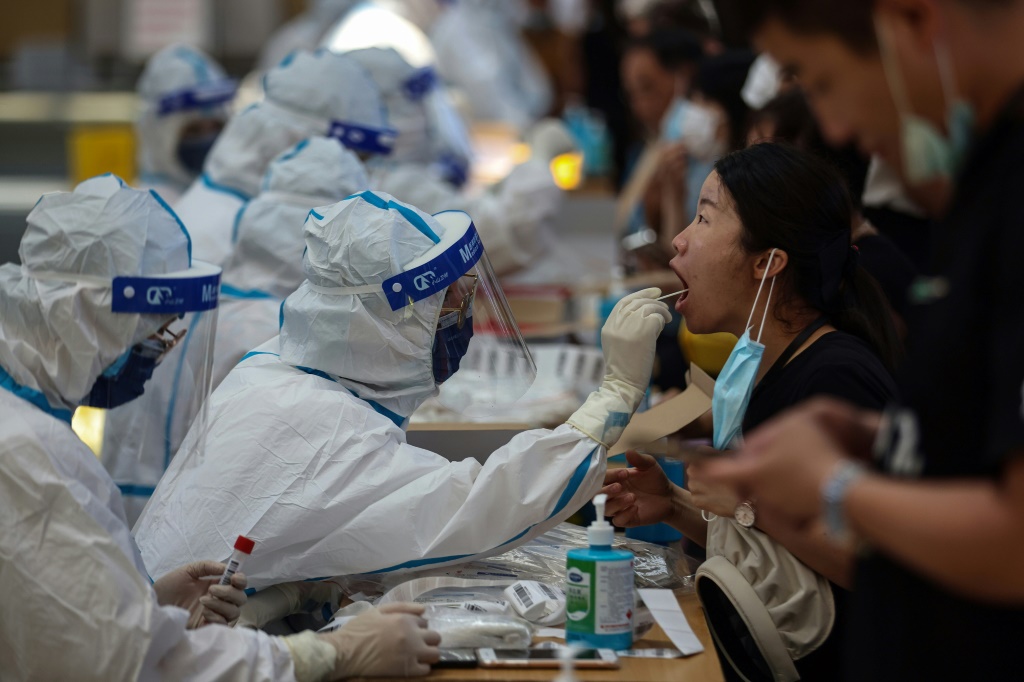The subvariants of the omicron coronavirus variant continue to be the dominant strains around the world amid the ongoing pandemic. However, health experts fear that a newer variant could emerge as the year 2022 comes to a close.
Public health and infectious disease experts believe that monitoring newer strains should be more keen and cautious in the coming new year as part of the COVID-19 mitigation experts, especially since there’s been a huge surge in cases in China recently.
“We haven’t seen any major jumps in terms of omicron evolution in some time. [But] it’s getting to that stage where it’s something that we have to continue to monitor,” Andrew Pekosz told CNN this week.
The microbiologist and immunologist at the Johns Hopkins Bloomberg School of Public Health in Baltimore noted that the omicron variant and subvariants continue to pick up mutations to evade immunity caused by previous infection and vaccination.
“SARS-CoV-2, the virus that causes COVID-19, is constantly changing and accumulating mutations in its genetic code over time. New variants of SARS-CoV-2 are expected to continue to emerge. Some variants will emerge and disappear, while others will emerge and continue to spread and may replace previous variants,” the Centers for Disease Control and Prevention said in its latest update.
The recent surge in China after Beijing eased its restrictions worry health experts since it could propel the COVID-19 trends in 2023 and open the doors for newer variants. The Chinese government has not been sharing detailed information about the situation, leading international media to speculate that it is downplaying the issue.
As of late, COVID-19 is in a relatively “stable” state in the U.S. The country may record around 350 deaths daily, but no serious spikes have been reported in recent weeks. Given what is happening in China, there are concerns that the U.S. could soon witness another surge after the winter holidays.
Such concerns prompted the U.S. CDC and the government to impose a new requirement for travelers flying from China to the country. Starting Jan. 5, air passengers would be required to present a negative PCR test result two days before boarding their U.S.-bound flight from the People’s Republic of China, the Special Administrative Regions of Hong Kong and Macau.
















